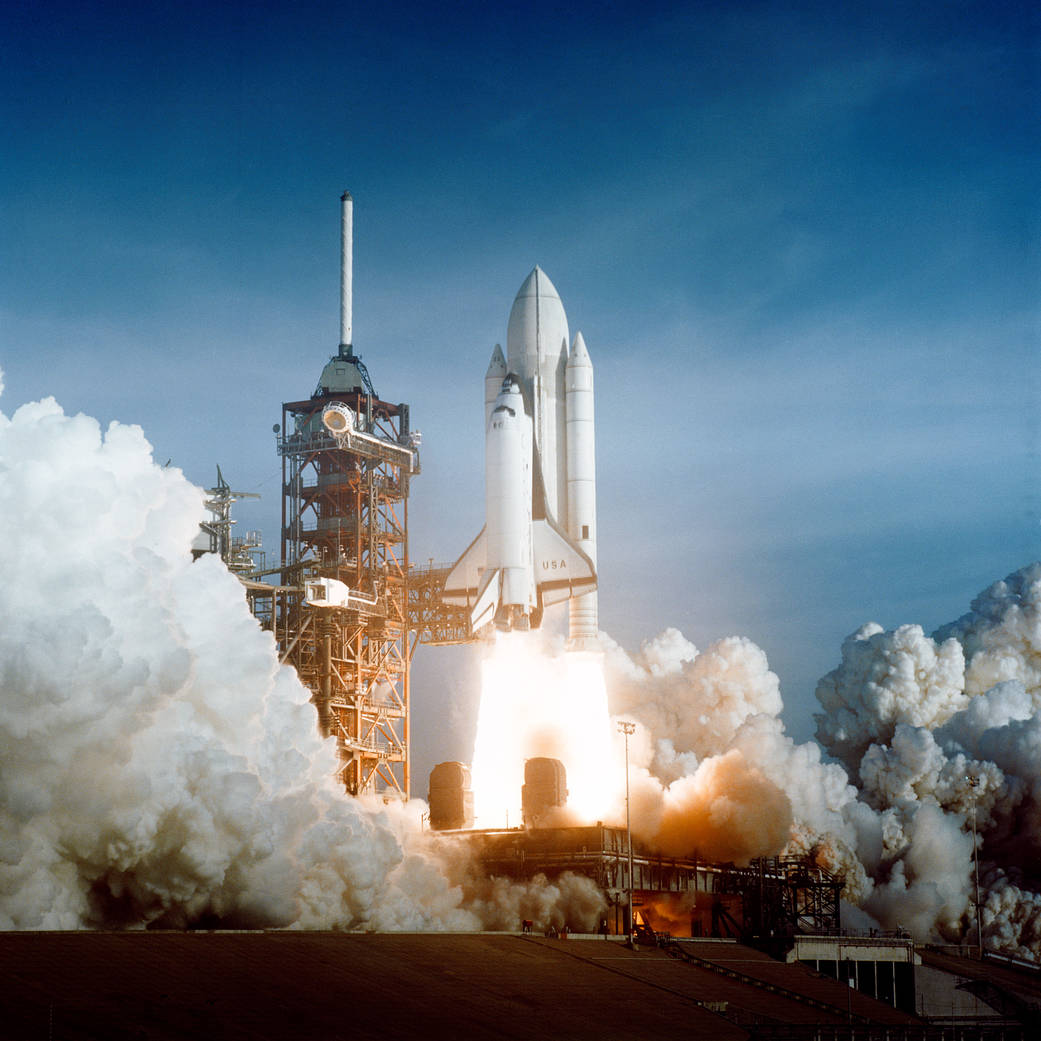In the early morning hours of April 12, 1981, NASA launched is first Space Transportation System, or space shuttle, mission, carrying astronauts John Young and Robert Crippen into orbit.
Mission Commander John Youn had already flown in space four times, including a walk on the Moon in 1972. Bob Crippen, the pilot, was a Navy test pilot who would go on to command three future shuttle missions. But nothing either man had done or would do was quite like this.
On that spring morning – just 20 years to the day since Russian Yuri Gagarin became the first human in space – all of that was yet to come. America had not launched a human into space in six years, and to that point every crewed space flight had followed the same basic design: put a capsule on top of a rocket, strap in the crew, fire the engines and go. After the mission, only the crew capsule – which wasn’t reused – would return.
Learn More About STS-1
The Boldest Test Flight in History
Overview of STS-1
Image Credit: NASA
1981年4月12日清晨,NASA发射了第一个太空运输系统,即航天飞机任务,将宇航员约翰·杨和罗伯特·克里彭送入轨道。
任务指挥官约翰·尤恩已经在太空飞行了四次,包括1972年的月球漫步。飞行员鲍勃·克里彭是一名海军试飞员,他将继续指挥未来的三次航天飞机任务。但是,无论是过去还是将来,都没有一件事能与此相媲美。
在那个春天的早晨——距离俄罗斯人尤里·加加林成为第一个进入太空的人类仅仅20年——所有这些都还没有到来。美国已经有6年没有将人类送入太空了,而且每次载人航天飞行都遵循相同的基本设计:将太空舱放在火箭的顶部,系上宇航员的安全带,点燃引擎,然后发射。任务结束后,只有机组人员的太空舱会返回,但没有重复使用。
了解更多关于STS-1的信息
图片来源:NASA







